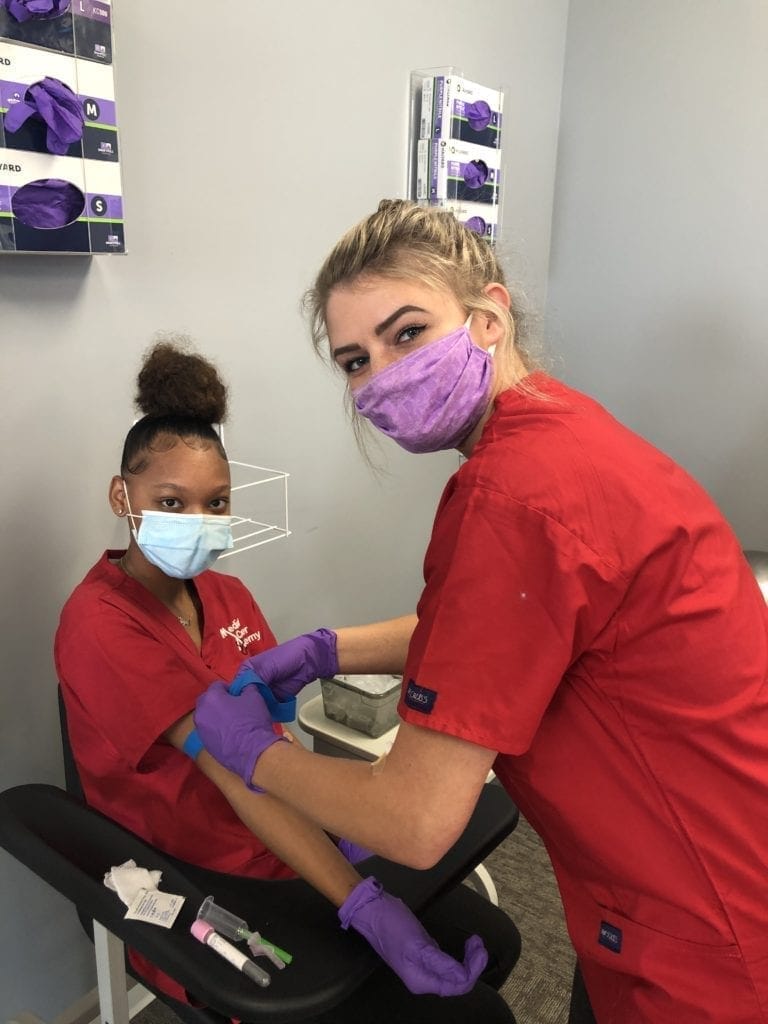Cardiopulmonary resuscitation (CPR) is an emergency lifesaving procedure you can perform when a person’s heart stops beating. The first aid procedure can double or triple the chances of survival after a heart attack.
About 475,000 Americans die from cardiac arrest every year. However, only 125,000 cases out of the total number of cardiac arrest occurrences happen in a hospital. The remaining circumstances lead to people’s death because of the inability to find immediate help at the time of need.
Therefore, learning how to perform CPR may be the solution to cut the number down. Office CPR training may increase the chances of saving a person’s life during an attack. Although workplace accidents that may cause cardiac arrest can still happen, no one has to die from it. But how does CPR help save lives in the workplace?
1. Minimizes Recovery Period
When a cardiac arrest or heart attack occurs, a person’s heart stops beating, preventing the blood from pumping throughout the body. In effect, organs such as the lungs and brains stop working temporarily, leading to death within minutes without proper treatment.
There may be severe health complications when you leave the body without blood for too long. However, immediate CPR can help decrease the impact of cardiac arrest on patients who suffer from it. Meanwhile, the longer people go without help, the more destructive the disorder could become.
CPR as first aid allows people to use compressions to mimic how the heart pumps blood throughout the body. Therefore, even with the heart shut down, the person may surpass the attack and live with fewer repercussions. Learning the act of CPR may lead to more than a second life but living life to the fullest moving forward.
Urgent CPR reduces the amount of recovery time a patient needs, cutting back on medical bills and getting the patient to resume work sooner than expected. Aside from minimizing damage to the patient’s heart, CPR can also prevent another cardiac arrest from occurring the second time around.
2. Leads to Fewer Accidents
Office CPR training teaches employees the proper way to administer CPR. However, it also helps them be familiar with or identify possible accidents present in the office. During workplace CPR training, employees will learn about the accidents where CPR is necessary for the situation. They will also learn about lifestyle choices that significantly raise the risk of having a heart attack.
In effect, employees will know precisely when to react and how to move based on the risks present in the workplace, providing a more accurate response on how to help those in need. Overall, the training will also teach employees how cardiac arrest may change someone’s life after the attack.
3. A Handy Skill to Master
CPR training is not only practical within workplace areas. It is the type of skill you can use anywhere, and the most significant benefit of learning how to do CPR correctly can save someone’s life.
Administering CPR to anyone battling a cardiac arrest can help keep the blood pumping throughout the body until professional medical help arrives. It is also a way to ensure people can do something to help a person suffering from attacks at any point in time. The training gives people the strength and courage to step in and help when an emergency happens, regardless of where it occurs.
Conclusion
CPR training isn’t only applicable in workplaces or offices. Instead, everyone should at least learn the basics of saving a life, be it in schools, parks, or any public area where an emergency might happen. By understanding the techniques to get the blood running, more Americans can dodge a heart attack.
Medical Career Academy provides healthcare training solutions in Indiana. We cater to students in need of high-quality education in various healthcare fields. We also take pride in assisting those who want real-life, hands-on experience from highly skilled and experienced instructors. Enroll in any of our classes by registering on our website today.

